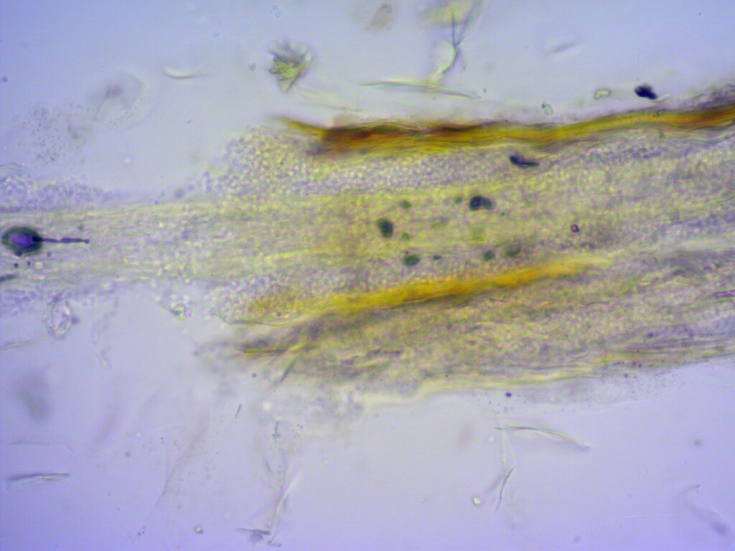When molds multiply on human skin, infectious diseases develop, which are called mycosis. The most common mycosis is dermatophytosis.
Dermatophytosis can manifest itself in a variety of clinical presentations, depending on the site of localization. Provoke the development of the disease fungal organisms dermatophytes, which can cause damage to nails, hair and skin.
Read more on estet-portal.com, how you can get dermatophytosis, what symptoms it manifests, as well as aspects of diagnosis and treatment.
- How does dermatophytosis infection occur
- What are the predisposing factors for the development of dermatophytosis
- Clinical picture in the development of dermatophytosis
- Aspects of diagnosis and treatment of dermatophytii
How does dermatophytosis infection occur
More often with the development of dermatophytosis, mold fungi Trichophyton rubrum and Trichophyton mentagrophytes are found. There are more than 30 types of fungal organisms that can cause an infectious process on human skin.
You may also be interested in: Beware of mycoses: fungal diseases are activated in summer
Some fungal organisms can be transmitted directly from one person to another, these are anthropophilic forms, while other dermatophytes can be transmitted to humans from an animal carrier (zoophilic forms), also infection with dermatophytosis is possible through soil (geophilic forms). The most frequent infections are from person to person.
Indirect infection with dermatophytes via fomites is also possible – combs, furniture upholstery, hats. A local increase in skin temperature and increased sweating significantly disrupt the protective properties of the skin.
If there are unfavorable conditions on the skin, protective mechanisms develop in it, which are manifested by cell exfoliation and dryness. But when the skin is injured, macerated or irritated, the protective mechanism of the skin is disrupted, which allows opportunistic pathogenic microorganisms and dermatophytes to multiply and provokethe development of an infectious disease.
What are the predisposing factors for the development of dermatophytosis
There are a number of factors that contribute to the development of dermatophytosis when fungal organisms come into contact with the skin. They are divided into general and local.
Common predisposing factors for dermatophytosis:
- the presence of pathological processes on the skin that lead to a violation of the skin (dermatitis);
- taking immunosuppressive drugs;
- genetic predisposition to
atopy; peripheral vascular disease and diseases contributing to skin infection; - endarteritis;
- varicose veins;
- wrongly fitting shoes; flat feet.
high air humidity;
- hot climate;
- intense sweating;
- blockage of skin pores;
- contact sports;
- frequent contact with pets that may be infected with fomites;
- Bathing in public places with contaminated water.
- Infection is possible through touching the skin with
Dermatophytes penetrate the skin through their defects. Then they germinate, secrete keratinases, and dermatophytes colonize the surface layers of the skin.
Read more of our content onFacebook! For the development of such fungal organisms,
keratin is necessary,therefore dermatophytosis developson the surface layers of the skin, nails and hair, without affecting the mucous membranes. Clinical picture in the development of dermatophytosis
Dermatophytosis can develop both on the skin and on the hair and nails. Therefore, the symptoms are very diverse.
When the
scalpis affected, round foci of hyperemia appear on the scalp, with clearly defined edges. Hair becomes dull and brittle and gray scales appear on the scalp, white bloom appears at the hair roots.
Read also:Treatment of the fungus from the inside: systemic therapy for onychomycosis When developing
dermatophytosis on the nail, it becomes thick, hard, yellow spots on the nails. Dermatophytosis on the skin of the palms and feet is manifested by
reddening of the skin, hyperkeratosis, peelingof the affected areas, cracks may appear in the interdigital folds. With this type of dermatophytosis, discomfortmouth is possible when walking and the appearance of unpleasant smell. Aspects of diagnosis and treatment of dermatophytosis
For diagnosis, in addition to specific tests,
the most informative method for diagnosing dermatophytosis– microscopic examination of the area of affected tissues using Wood's fluorescent lamp. Examination and diagnosis is carried out by a dermatologist.
Mycosis fungoides: a trial of psoralen photochemotherapy

Treatment of dermatophytosis is carried out using
antifungal drugs of general and local action.Treatment is important to start in a timely manner, as there is a possibility of complications of dermatophytosis in the form of the development of lymphangitis, erysipelas and phlegmon.
See also interesting and useful videos on our channel onYouTube:






